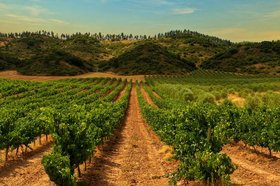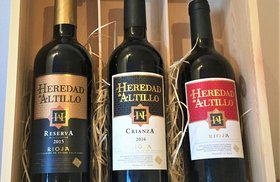Rioja Alta, Spain: 10 Splendid Wines, Prices, Winemaking
Rioja Alta is one of the three sub-regions of Spain’s Rioja wine region, along with Rioja Baja and Rioja Alavesa.
Most of Alta’s vineyard plots lie south of the Ebro river, producing lighter-bodied wines with a subtle acidity.
Let’s take a quick look at the Rioja Alta wine region, its 10 best bottles, and investment potential. We’ll also quickly walk you through the winemaking process and evolution of the wine region.
Further reading
- Discover all about Spanish Wine and the finest bottles to buy now.
- Want to explore other regions? Check out all you need to know about South African Wine and Australian Wine.
A Quick Glance at the Rioja Alta Wine Region
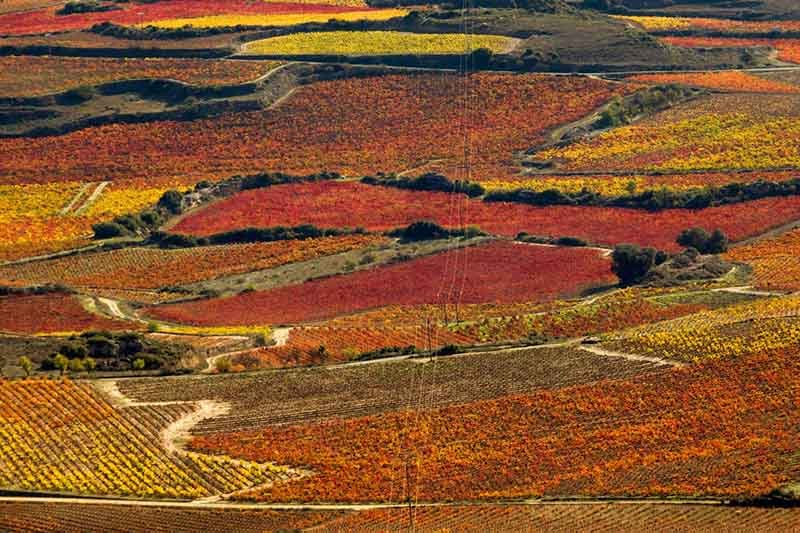
The Rioja Alta wine region lies at the westernmost part of the Rioja wine region.
Its vineyards are located on higher altitudes, giving its wines an intense acidity and moderate alcohol levels.
Rioja Alta’s continental climate resembles Rioja Alavesa more than the warm Mediterranean climate of Rioja Baja.
The soils are a healthy mix of iron, clay, and alluvial, giving the wines perfect complexity.
The Rioja Alta red and white wines are usually made from a blend of native and international grape varieties.
Earlier, Rioja wineries (bodegas) used to purchase fermented wine from the co-ops to age and sell it under their label. Now, they’ve started emphasizing securing vineyard lands and making estate-bottled wines.
The most notable Rioja Alta wineries include Bodegas Muga, Bodegas Marqués de Murrieta, and La Rioja Alta.
10 Splendid Rioja Alta Wines for 2023
Here are the top 10 wines from this Spanish region:
- 2004 Bodegas Contador - Benjamin Romeo 'Contador'
- 1952 Marqués de Murrieta Castillo Ygay Gran Reserva Especial
- 1973 R. López De Heredia Viña Tondonia Viña Tondonia Gran Reserva Blanco
- 2001 Bodegas Muga Aro
- 1998 La Rioja Alta SA Gran Reserva 890
- 1989 La Rioja Alta SA Gran Reserva 904
- 2011 Bodegas Muga Selección Especial Reserva
- 2014 La Rioja Alta SA Viña Arana Gran Reserva
- 2012 La Rioja Alta SA Viña Ardanza Reserva
- 2015 La Rioja Alta SA Viña Alberdi Reserva
1. 2004 Bodegas Contador - Benjamin Romeo 'Contador' ($2,315)
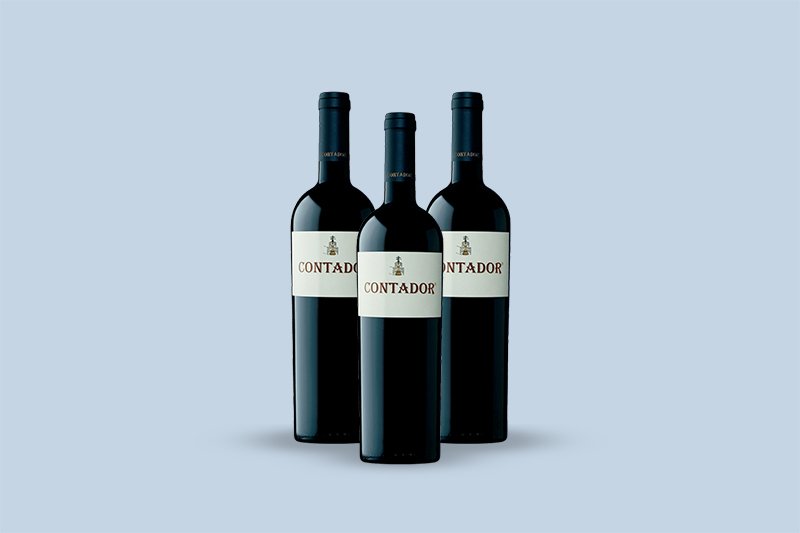
This Tempranillo wine has a complex nose of red fruit, dark chocolate, and spices. The palate has round velvety tannins with a long finish.
2. 1952 Marqués de Murrieta Castillo Ygay Gran Reserva Especial ($1,646)
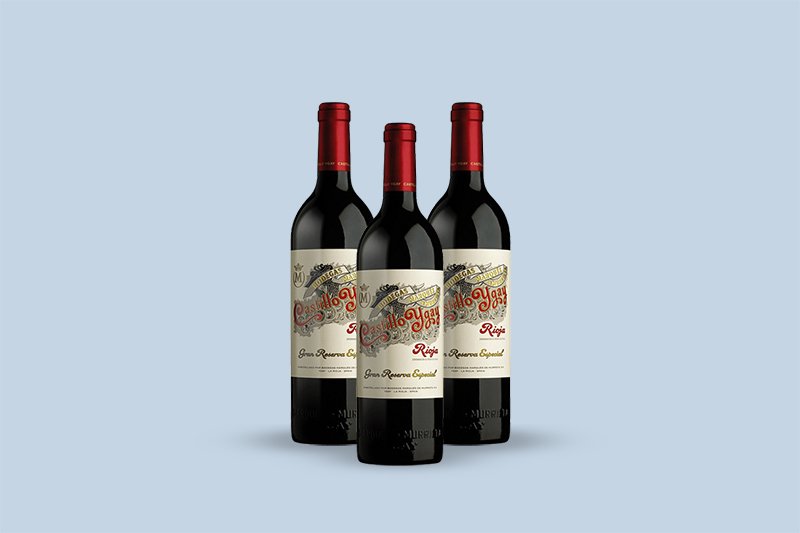
This Rioja Gran Reserva offers dried cherry, mushrooms, and earthy cocoa flavors with a well-balanced body and tannins.
3. 1973 R. López De Heredia Viña Tondonia Viña Tondonia Gran Reserva Blanco ($1,002)

This R. López De Heredia proprietary red has a generous honey perfume with a lychee sweetness. The palate displays saline complexities with walnut and ripe fruit flavors.
4. 2001 Bodegas Muga Aro ($296)

This Spanish wine starts with a ripe fruit nose and hints of violet and vanilla. The velvety smooth tannins end in a luxurious finish with a fragrant oaky tasting note.
5. 1998 La Rioja Alta SA Gran Reserva 890 ($179)
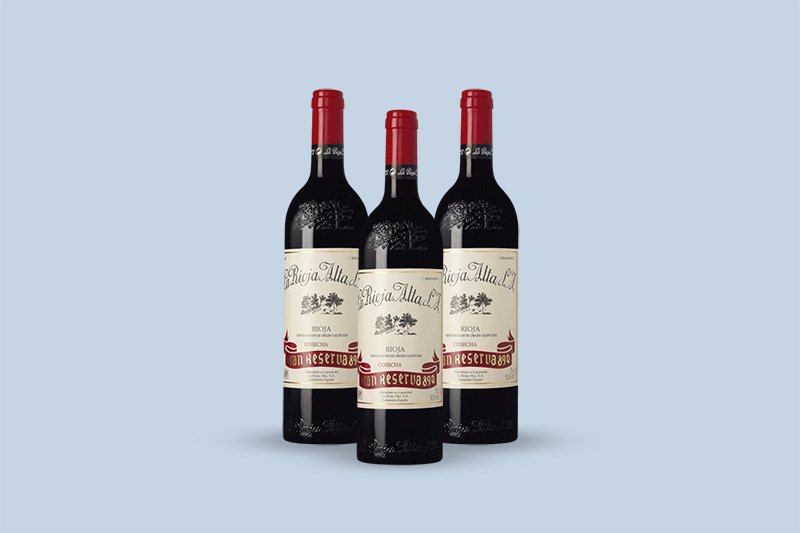
This savory red wine comes with a complex nose of rich red fruit, vanilla, and oak. The palate is smooth with a long finish.
6. 1989 La Rioja Alta SA Gran Reserva 904 ($141)
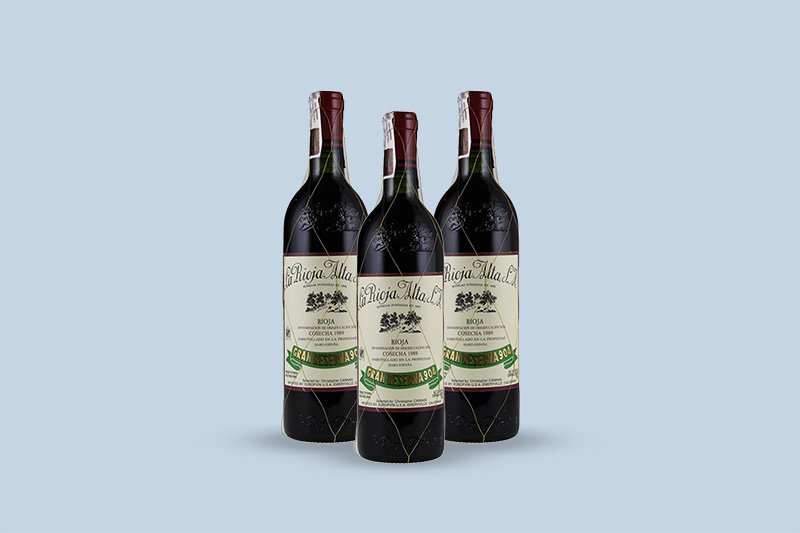
This Spanish Gran Reserva displays delectable notes of sweet licorice, cigar box, and sour plums with hints of smoke.
7. 2011 Bodegas Muga Selección Especial Reserva ($43)
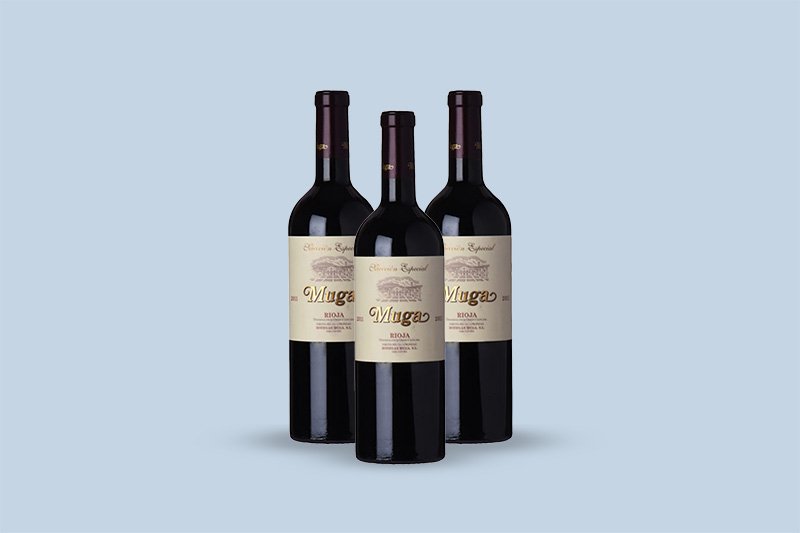
This Bodegas Muga proprietary blend has an intense nose of red fruits, spices, and oak. This full-bodied wine has red cherry and currant flavors.
8. 2014 La Rioja Alta SA Viña Arana Gran Reserva ($40)
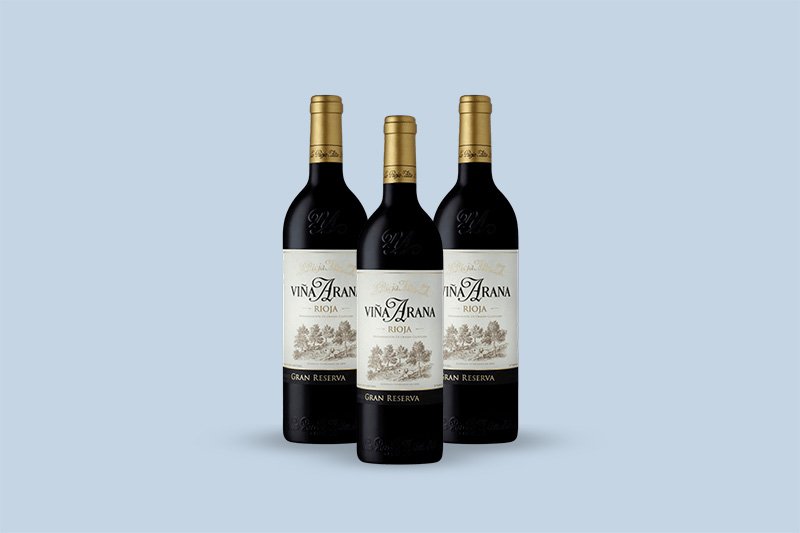
This red wine offers plum, leather, dusky aromas with a red fruit and berry note and a long finish.
9. 2012 La Rioja Alta SA Viña Ardanza Reserva ($36)
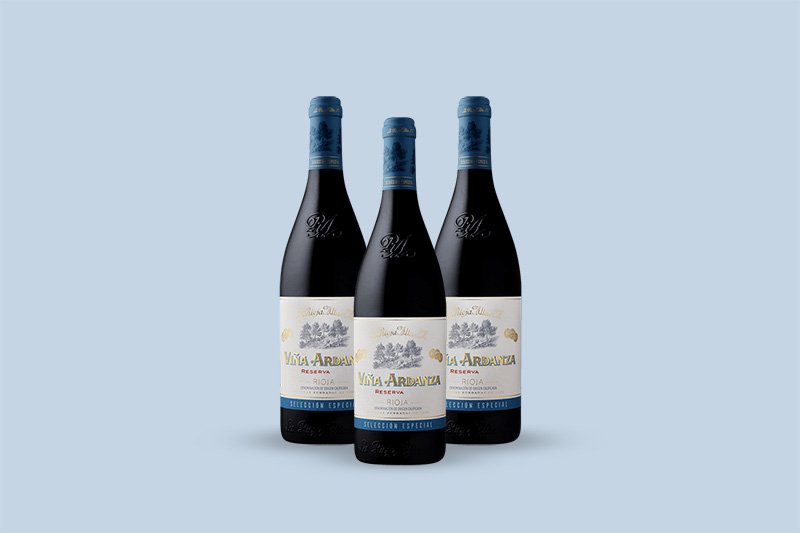
This Spanish wine boasts licorice, cooked red fruit, and toasted coconut on the nose and caramel, toasted nuts, strawberry, and plum flavors on the palate.
10. 2015 La Rioja Alta SA Viña Alberdi Reserva ($24)
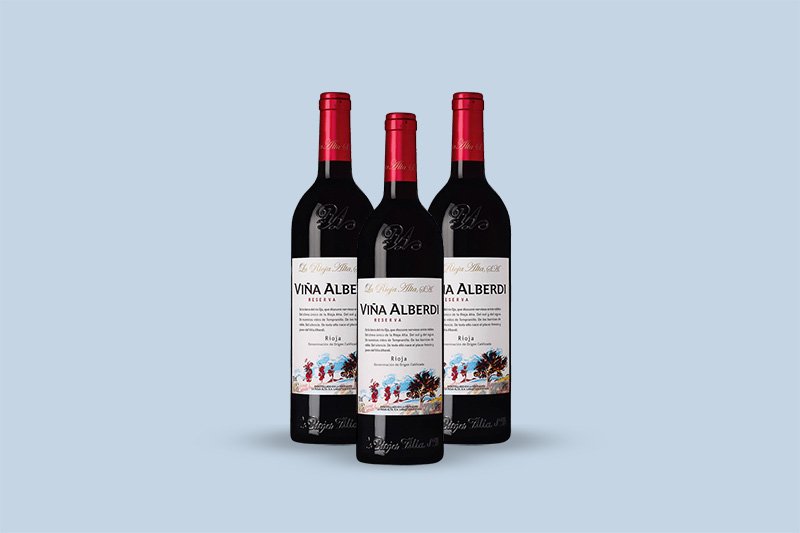
This Rioja wine has a fruity nose of strawberry and blueberry with well-balanced acidity and tannins.
Investing in the Best Spanish Wines from Rioja Alta
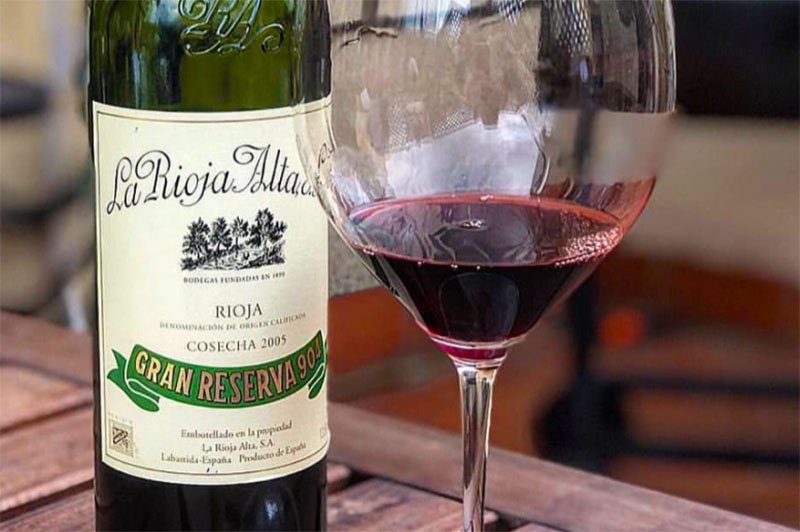
You can age Rioja Alta wines for around 20 years in your cellar.
Some Rioja Alta wines are extremely rare due to limited production quantities.
The wines also get raving reviews, including from critics and wine magazines like Wine Spectator and Robert Parker’s Wine Advocate.
That’s why these wines often command high prices at auctions.
For example, a lot of 2001 Gran Reserva 890 of the La Rioja Alta winery was sold at a Christie’s auction for $2,155 in 2019.
They also show commendable price appreciation. The 2004 Bodegas Contador - Benjamin Romeo 'Contador' grew by an eye-popping 386% as it went from $451 in Jan 2020 to $2,192 in Jan 2021.
A genuine wine investment platform like Vinovest can help you select and invest in the finest wines- be it a Chenin Blanc, a sparkling wine, or even an age-worthy Italian wine.
But what makes Rioja Alta wines stand out?
It is probably the strict regulations the winemakers follow, and more!
Rioja Alta Appellation Regulations

The DOCa Rioja regulations specify the proportion of the authorized grape varieties that the winemakers can use for different wine types:
- Red wines: Red wines must have a minimum of 95% Tempranillo, Garnacha tinta, Graciano, Mazuelo, or Maturana tinta. This percentage should be at least 85% for wines made from whole grapes.
- White wines: Only Viura, Garnacha blanca, Malvasía, Maturana blanca, Tempranillo blanco and Turruntés varieties can be used. The winemaker can also use small quantities of Chardonnay, Sauvignon blanc, and Verdejo.
- Rosé wines: A minimum of 25% of Tempranillo, Garnacha tinta, Graciano, Mazuelo and Maturana tinta grapes should be used. Additionally, small quantities of Chardonnay, Sauvignon blanc, or Verdejo can be used.
Rioja Alta Winemaking Practices
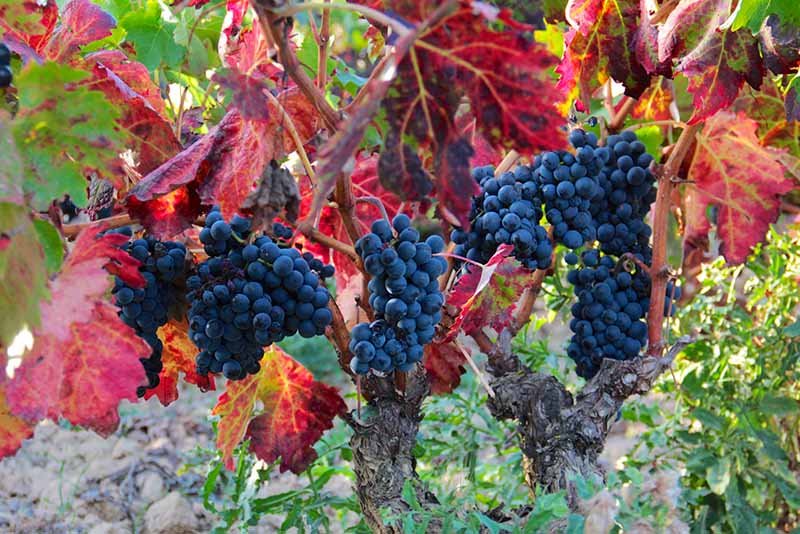
Here’s how the different types of Rioja Alta wines are made:
- Red wines: The wines go through carbonic maceration, where the stem of the clusters is eliminated before fermentation to soften the tannin.
- White wines: The whole grape bunches pass through the drainer to remove the scrapes and skins, and the grape juice is poured into the tanks for fermentation.
- Rose wines: The destemmed grapes are macerated with the skins for a short period before the grape juice is decanted and poured into the fermentation tanks.
After fermentation, many bodegas use American oak planks or French and American oak barrels to age their Rioja wine to add subtle vanilla hints.
Depending on their aging, Rioja Alta wines are classified as:
- Crianza: The red wines spend a minimum of 2 years in the barrel before bottle aging. White and rosé wines age for a minimum of 6 months in the barrel.
- Reserva: Red wines age in a barrel for a minimum 12 months with a minimum total aging of 36 months. White and rosé wines need a minimum of six months of oak barrel aging and total aging of a minimum of 24 months.
- Gran Reserva: Red wines must be aged for a minimum of 24 months in oak barrels, supplemented with bottle aging for at least 36 months. Whites and rosés need at least six months of barrel aging with the total aging for a minimum of 48 months.
Historically, bodegas aged their red wines for 15 years or more before release. Today, many winemakers focus on making wines ready to drink sooner - 4-8 years.
Grab Your Favorite Rioja Alta Wine (To Sip or Invest In!)
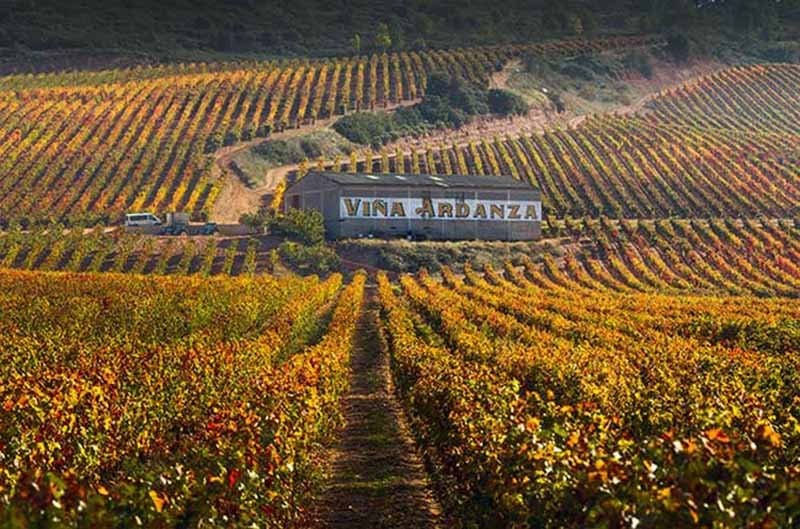
The Rioja Alta region produces some of the most extraordinary wines, which will impress any wine lover.
However, you should always ensure that you buy authentic wines to get the best return from your bottle.
A genuine wine investment platform like Vinovest can help you buy, store, and sell a fine wine bottle. You can build a collection of wines from Rhone Valley, South Africa, New Zealand, South Australia, and even other Spanish regions like Ribera del Duero, easily.


